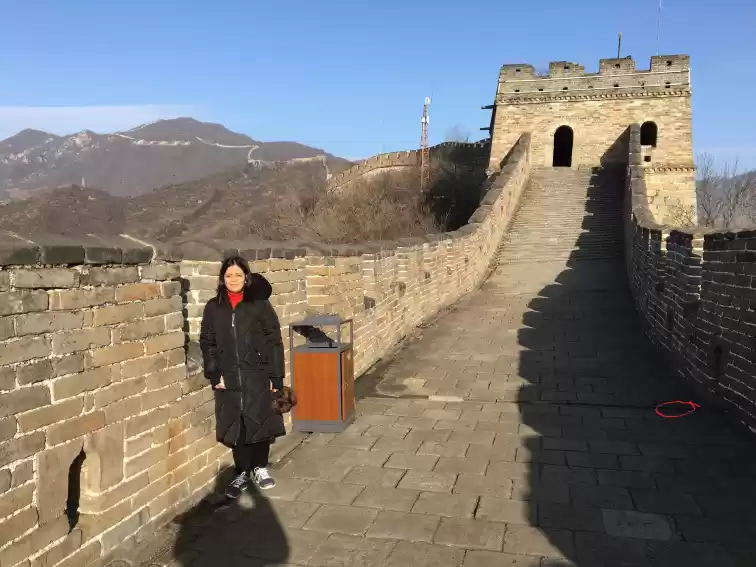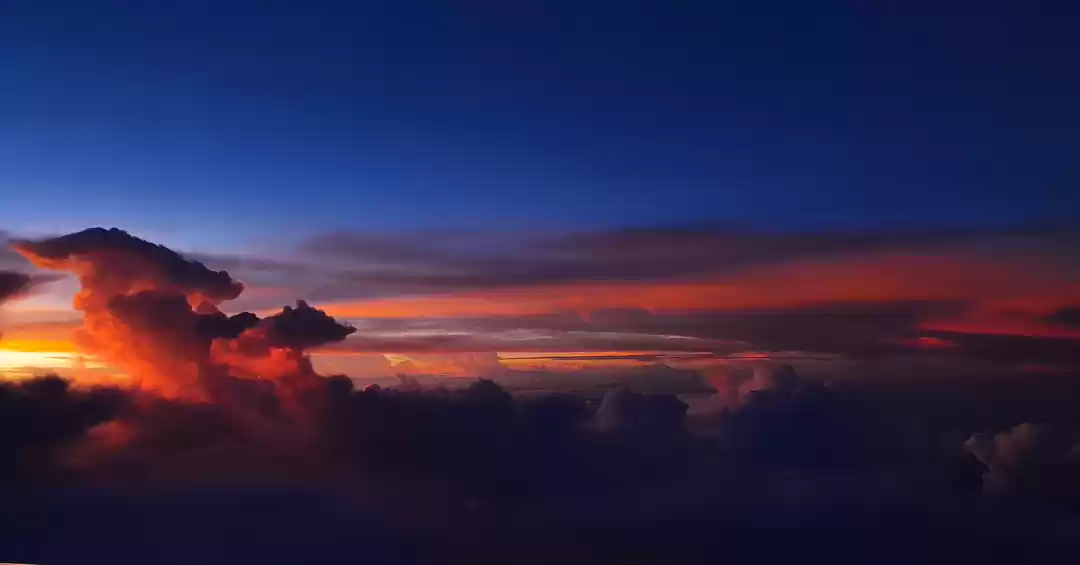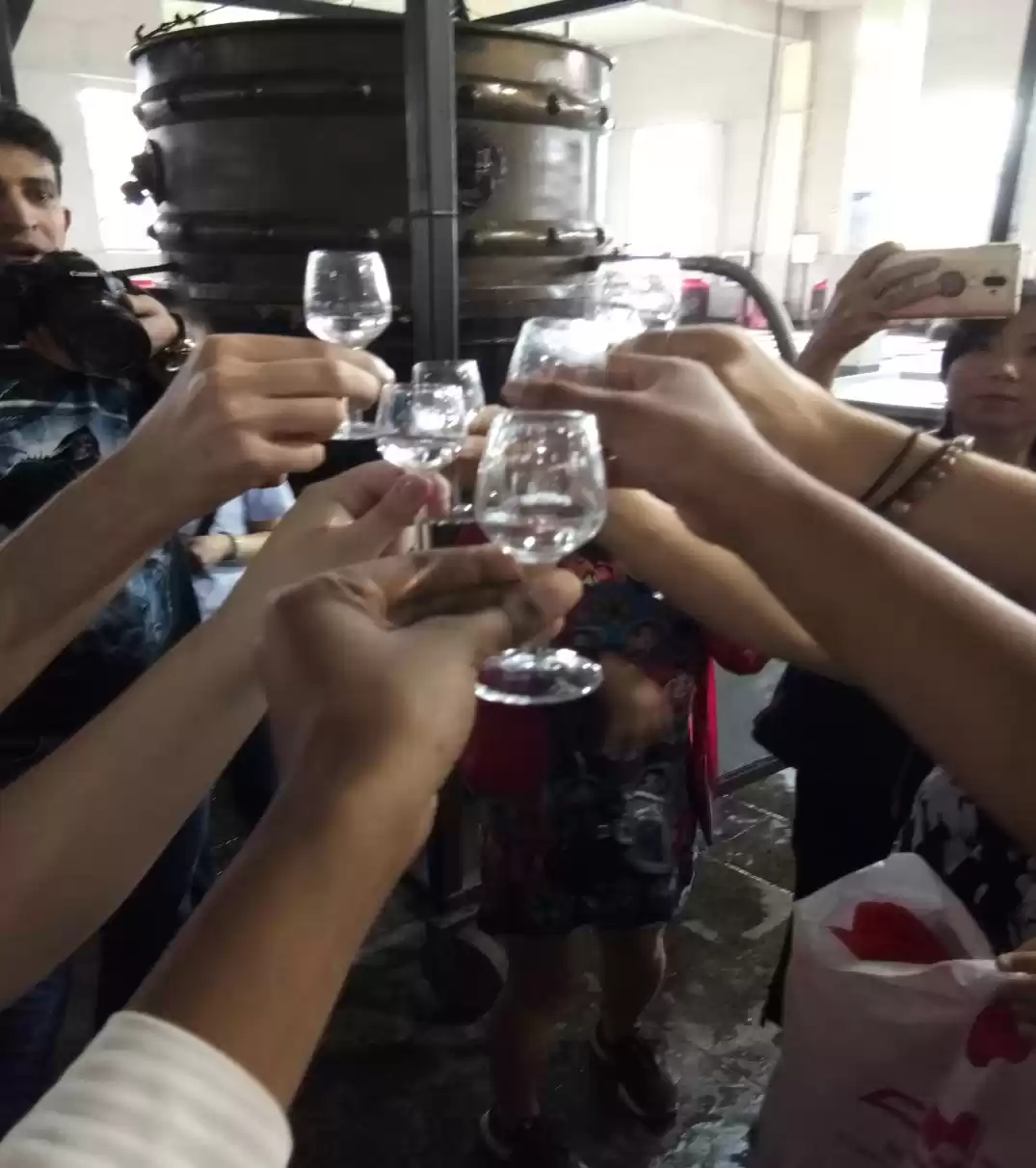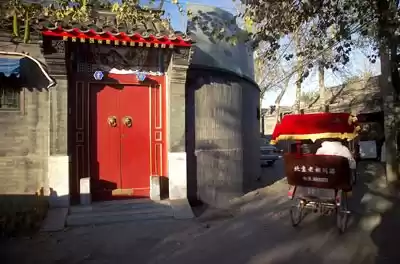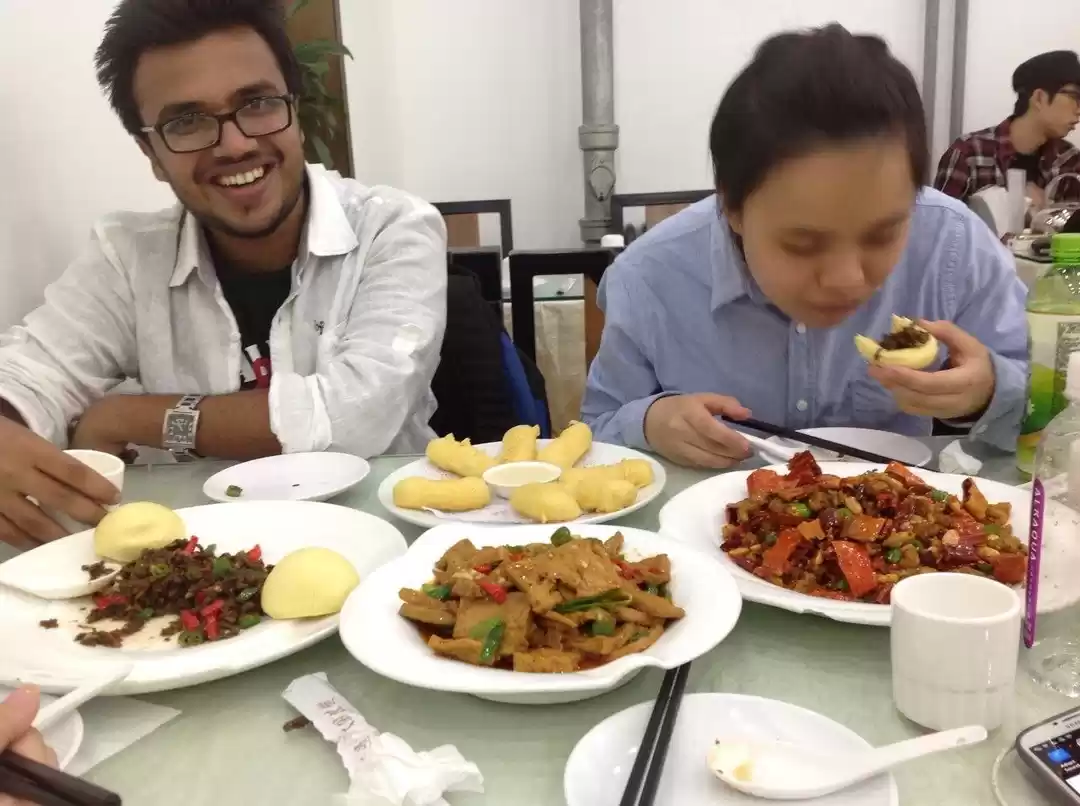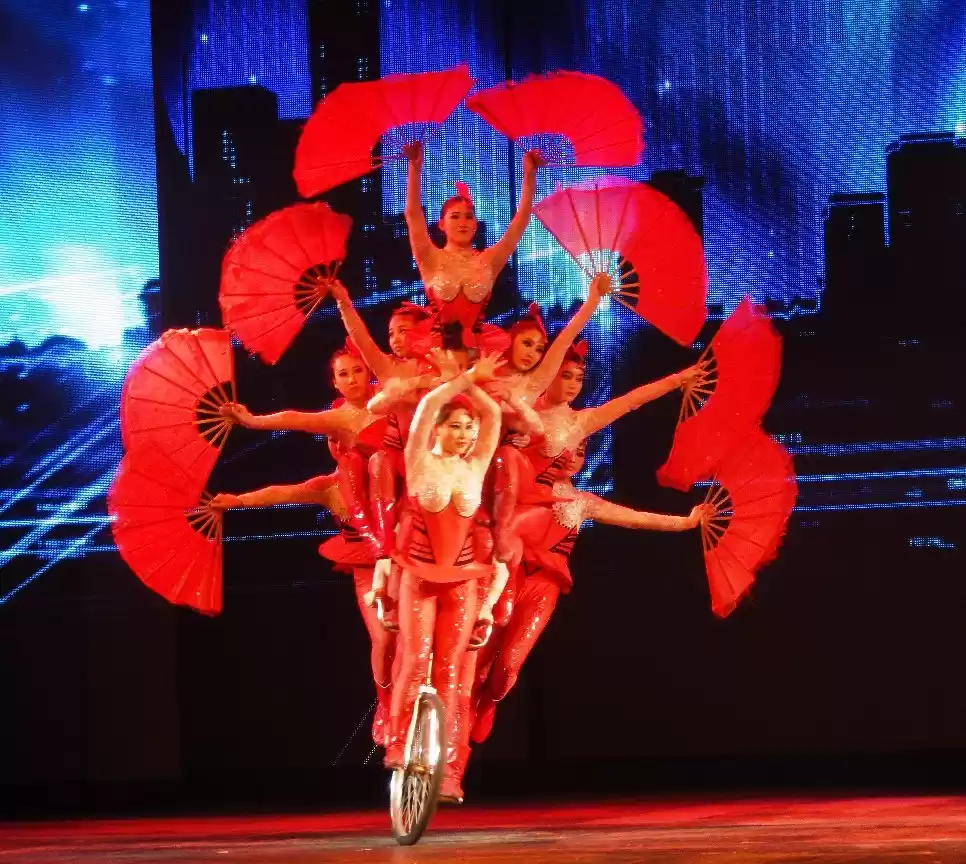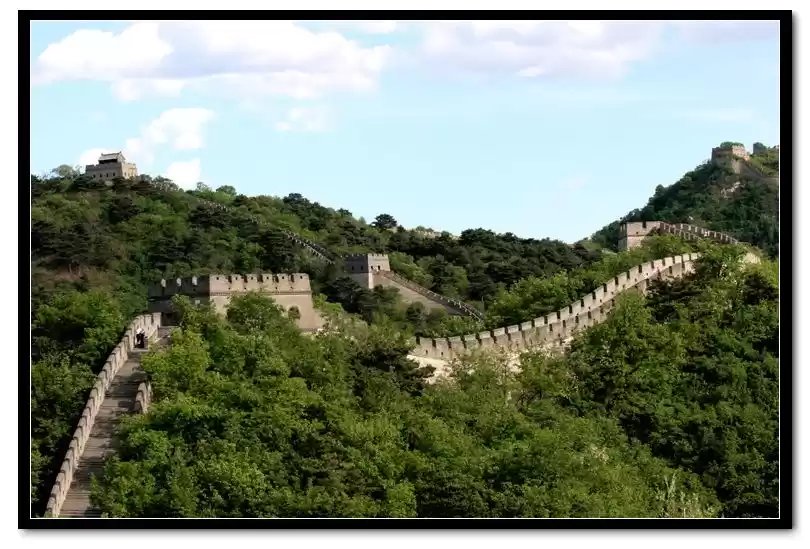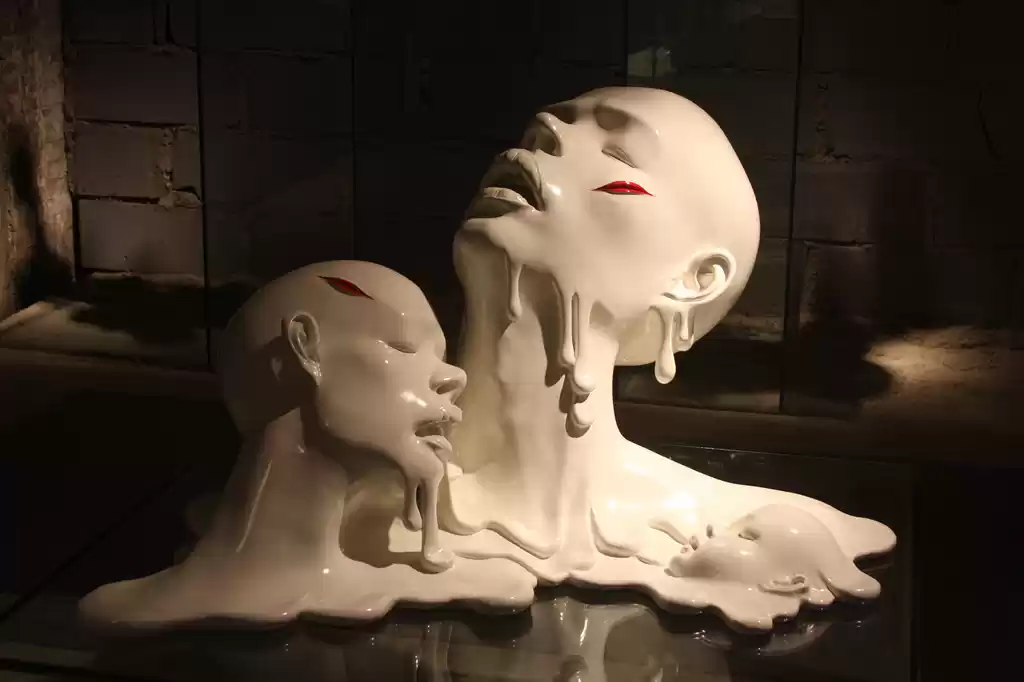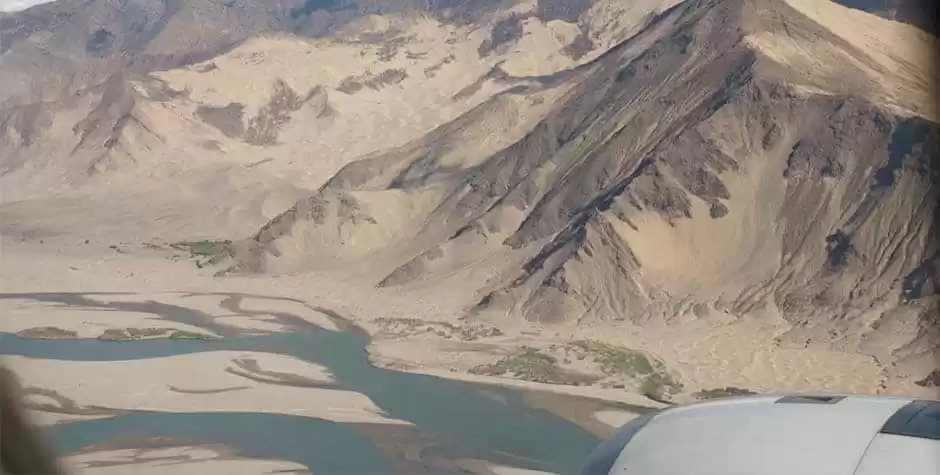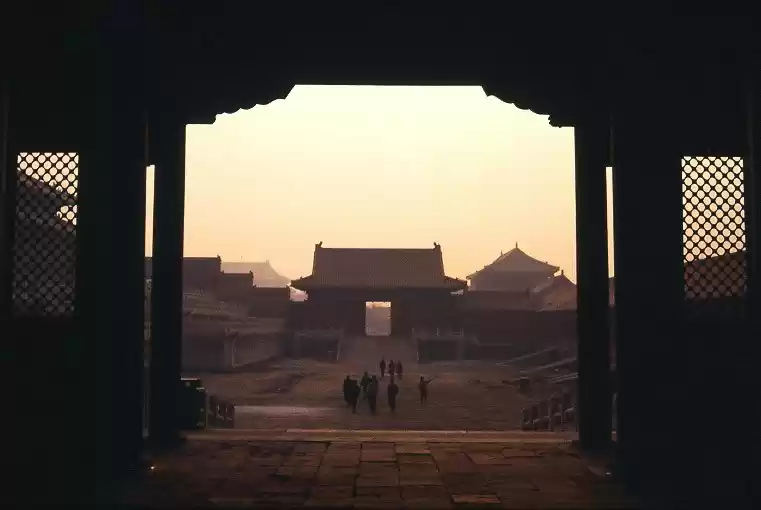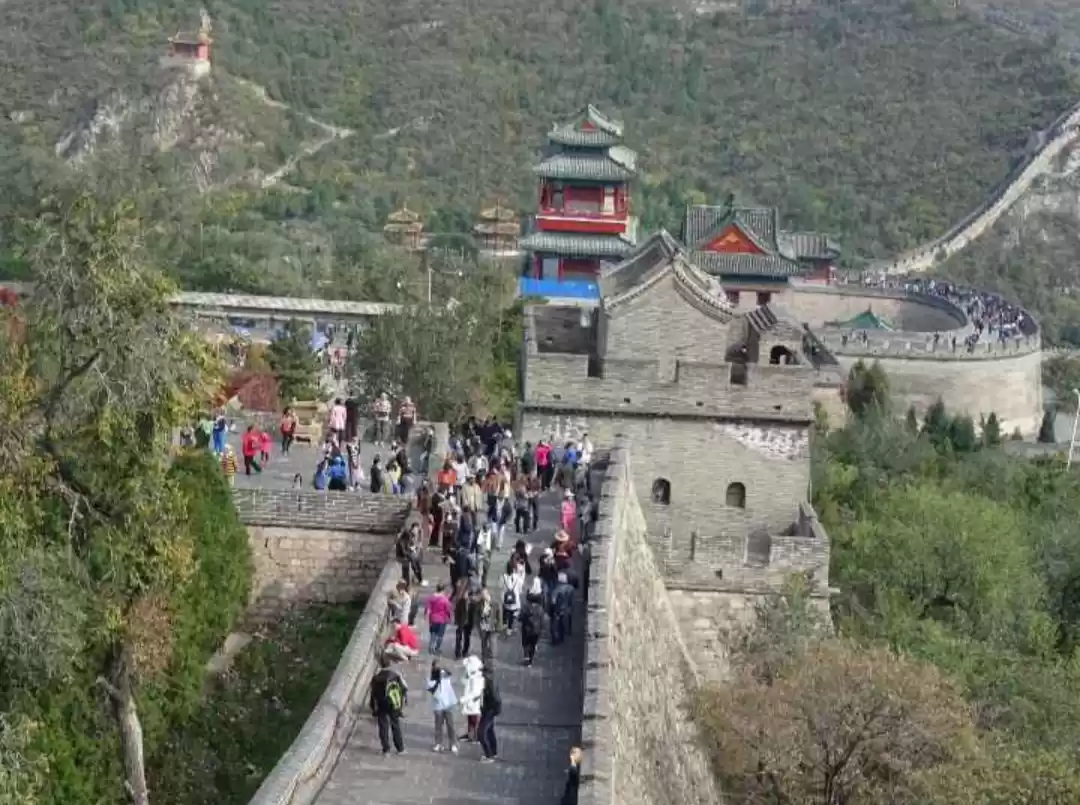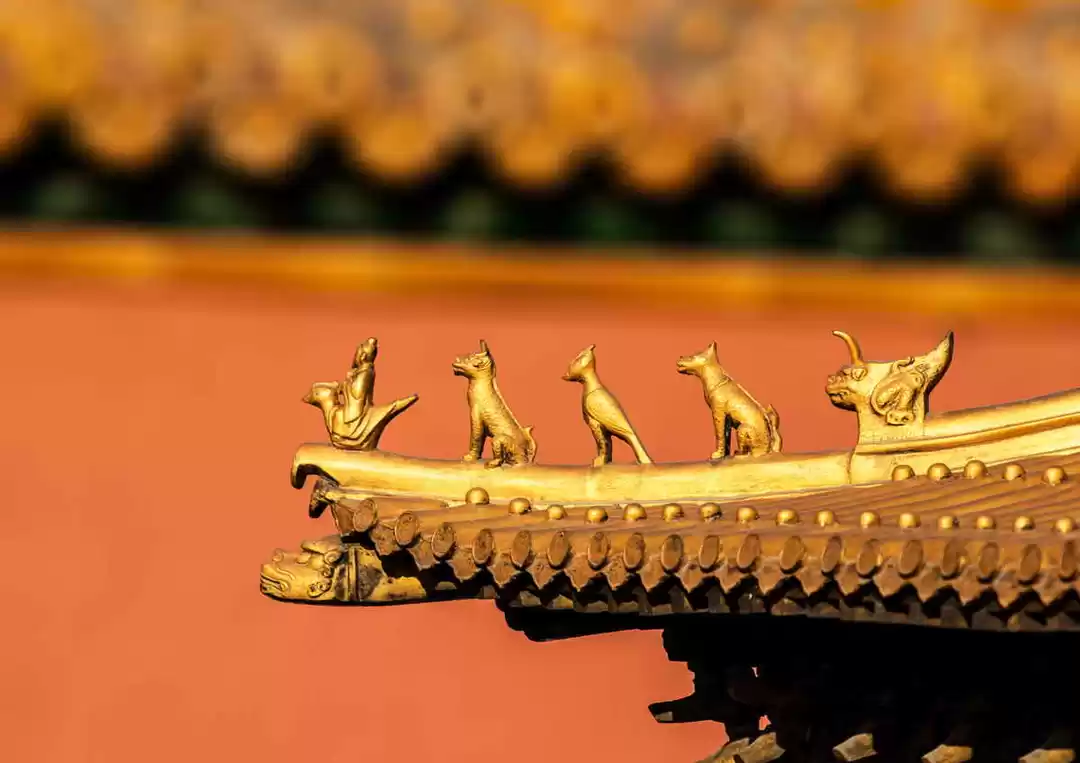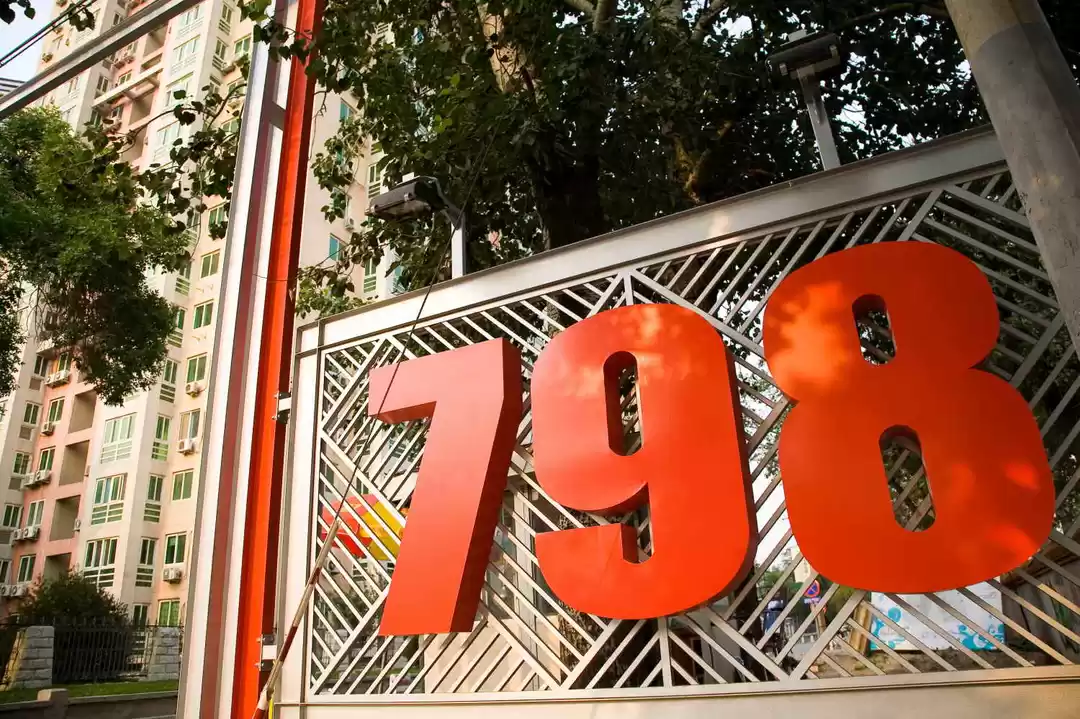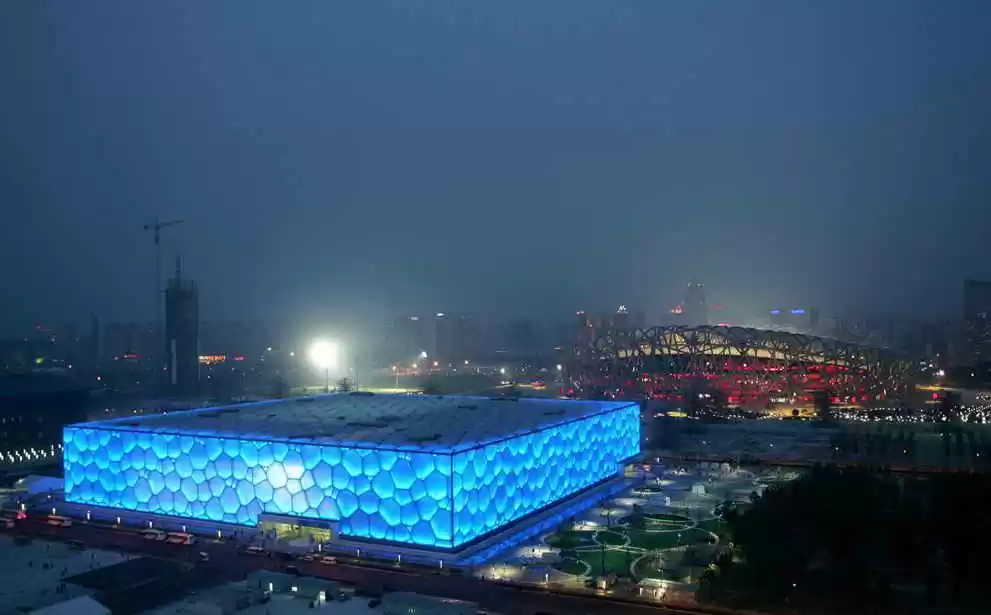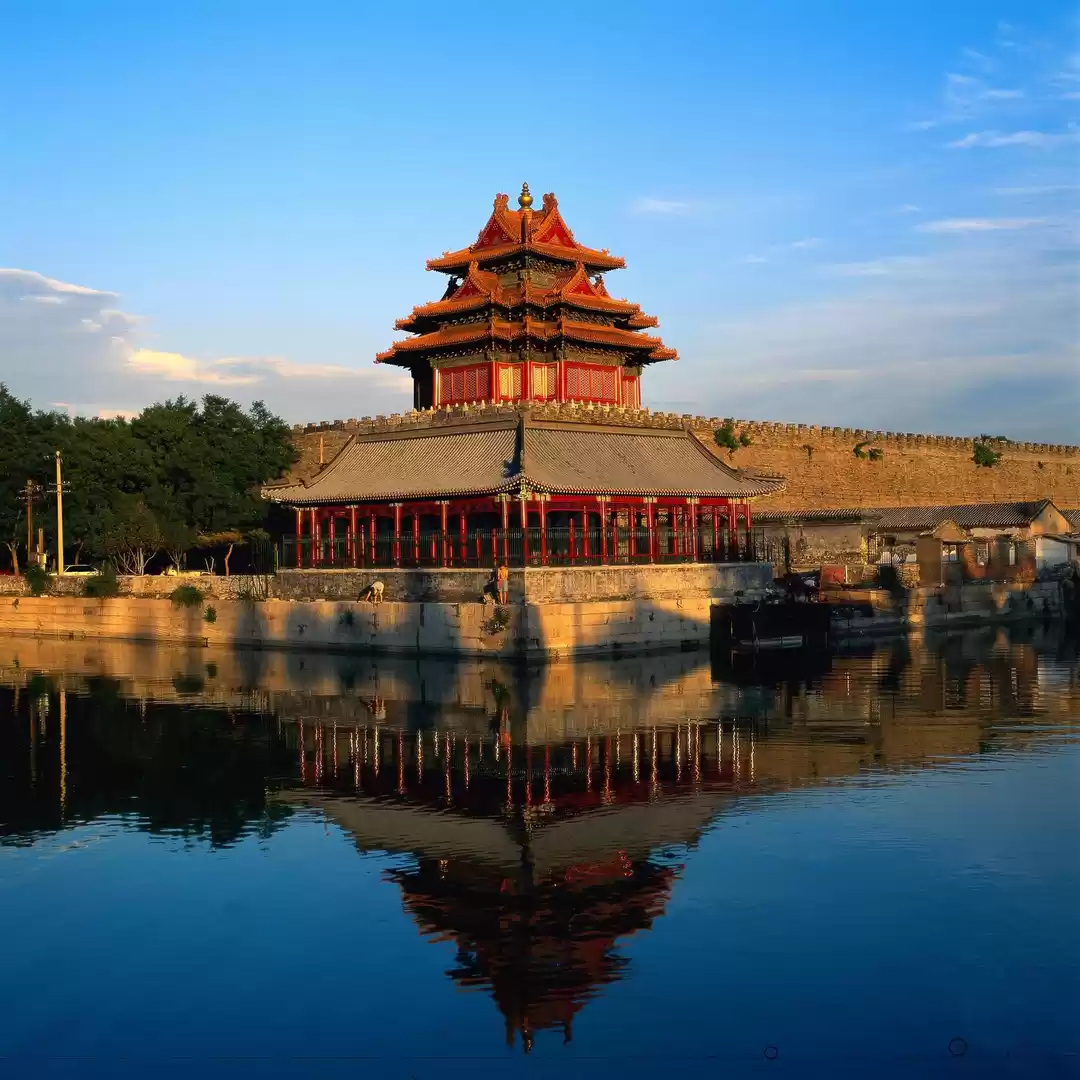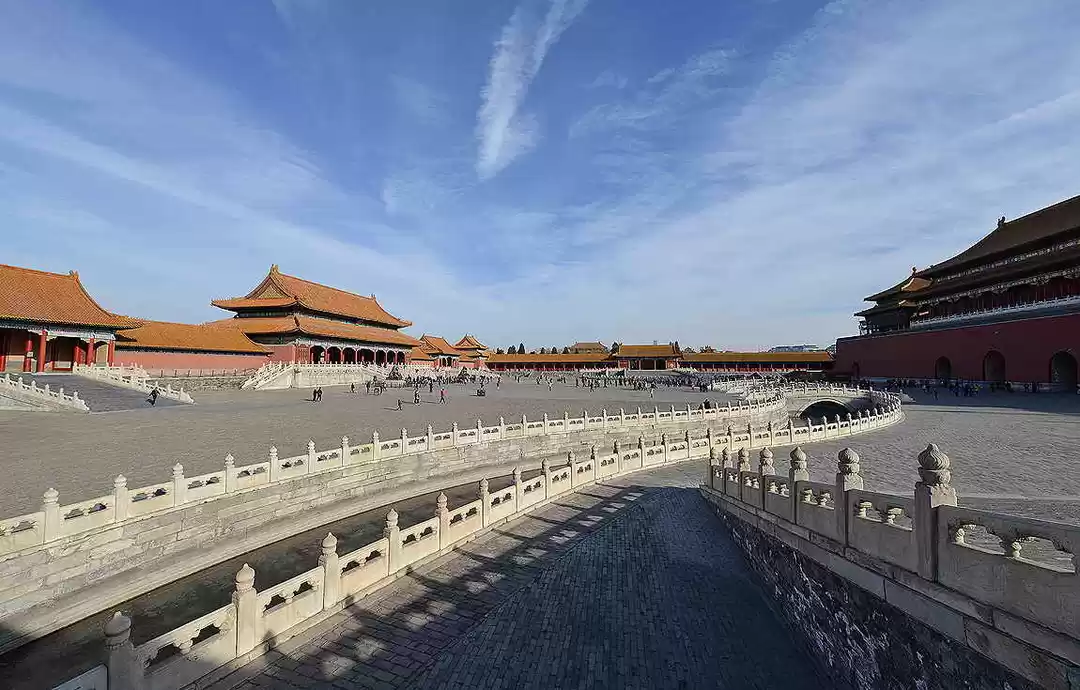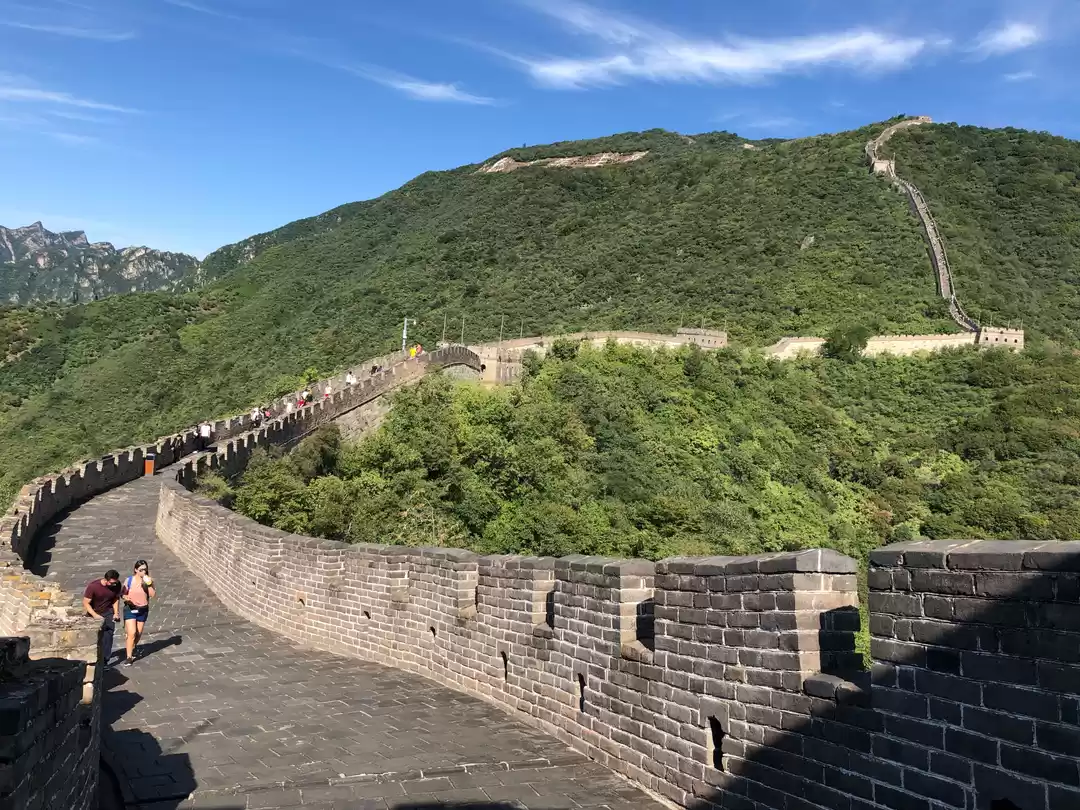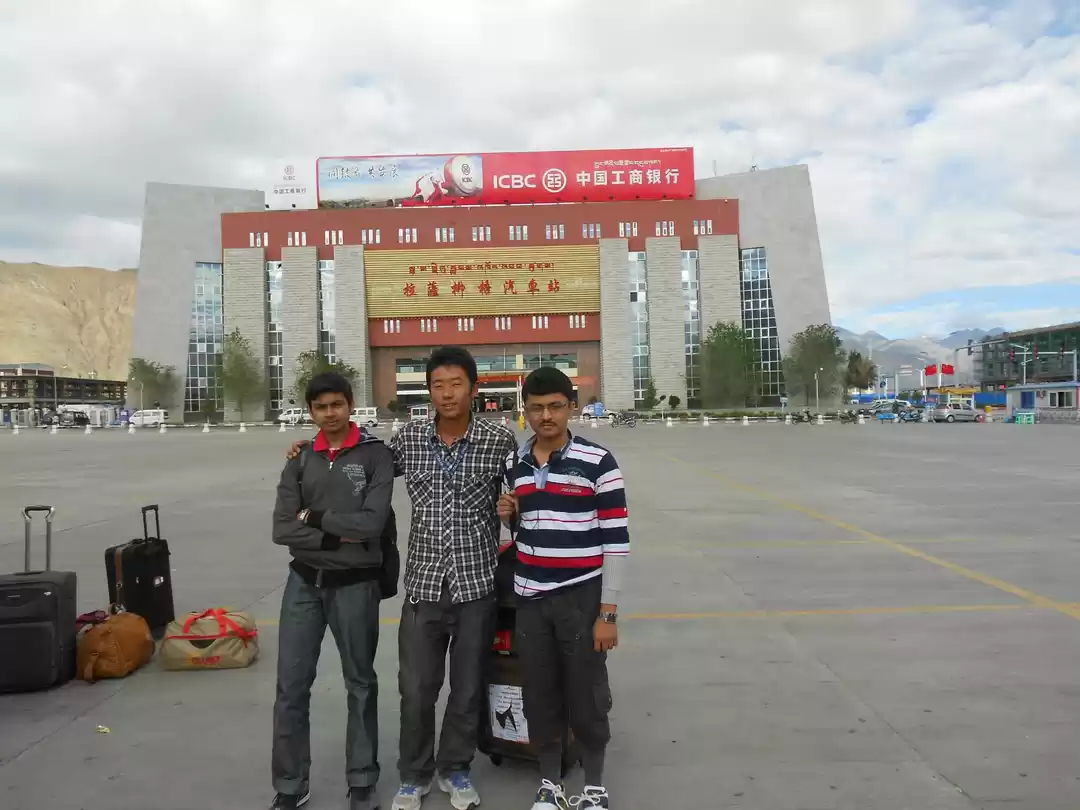
China is a fascinating country and Beijing has been its capital for a good 850 years. The city, located in northern China draws about 4.5 million international visitors annually and 140 million Chinese tourists. That’s enough reason for anybody to visit.

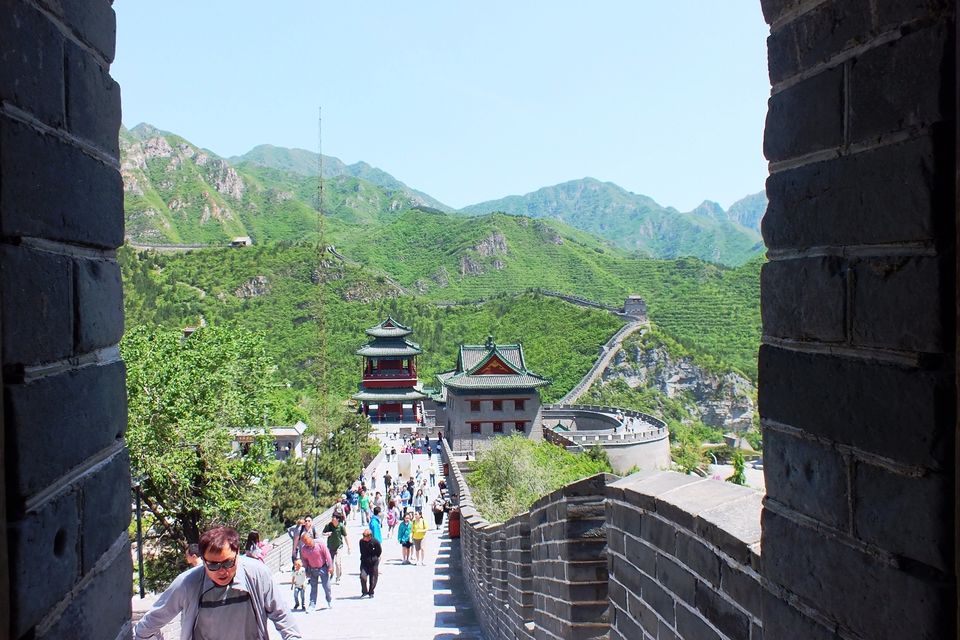
The greatest draw is the Great Wall, one of the seven wonders of the world, which according to official estimates (they actually measured it in 2012!) is 21,196 km. In local parlance they have been referring to it as “the 5000 kilometre long wall” since the 3rd century B.C. The stone and earthen fortifications were built and rebuilt again and again by no less than 7 dynasties over a period of 21 centuries, starting from the 5th century B.C. and ending in the 17th century. The earliest fortifications were commenced in 475 B.C. during the period of the Warring States and the last constructions were completed by the Ming dynasty which held sway from 1368 to 1644. What a lot of trouble to keep out invaders! This construction effort has no parallel anywhere in the world.



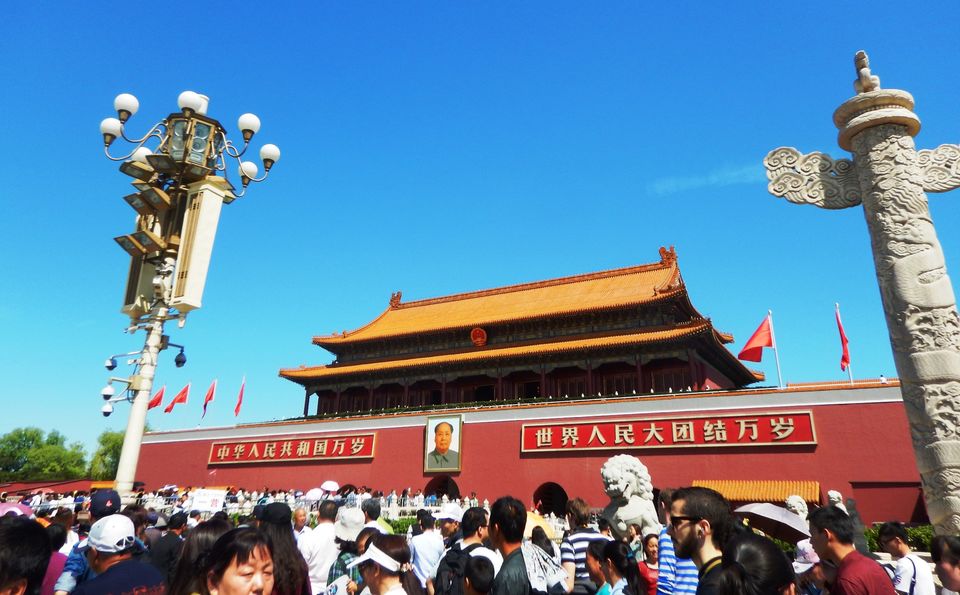
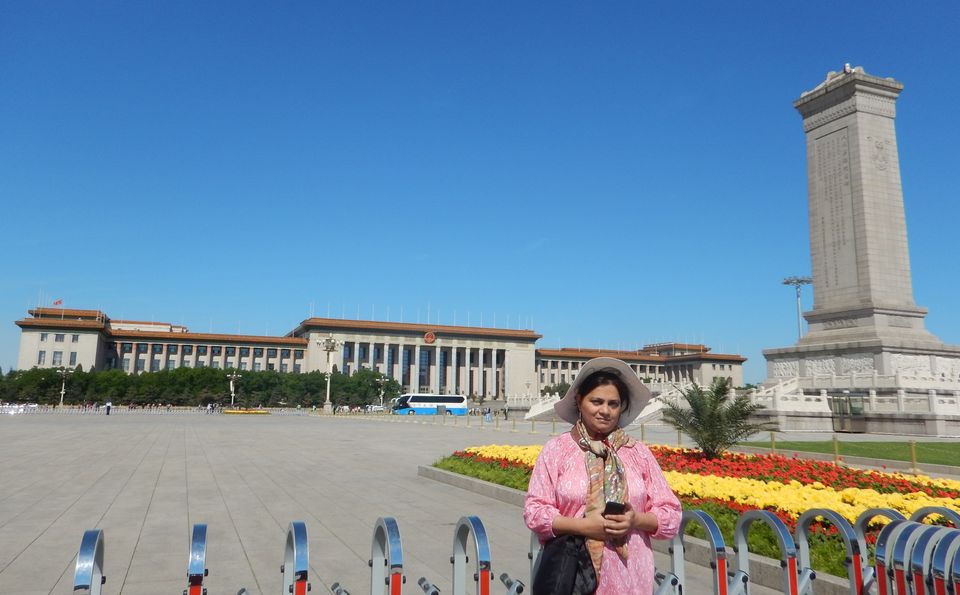

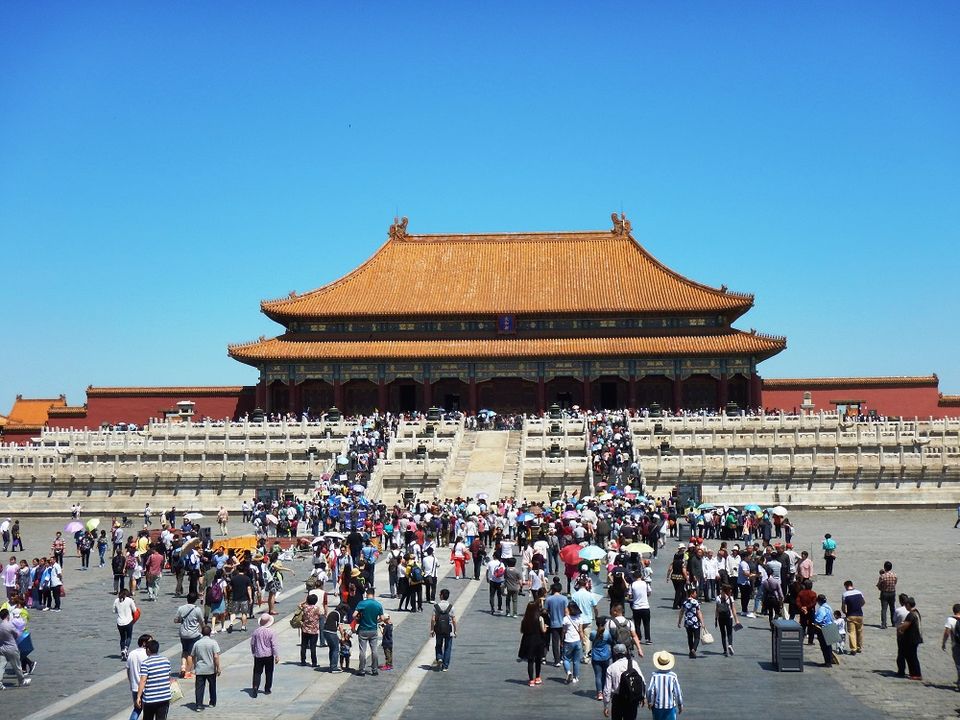

At the heart of Beijing lies Tiananmen Square, the world’s largest public square and the Forbidden City, a massive palace complex where the emperors of the Ming and Qin dynasties resided. Here you can see reflections of China's glorious imperial past and its recent communist makeover. We stood by the Gate of Heavenly Peace where Chairman Mao Zedong founded the People's Republic of China in 1949, and viewed the Monument to the People's Heroes in the centre of Tiananmen Square. Huge crowds were lining up to pay their respects to Chairman Mao in the large Memorial Hall, so we gave it a miss.
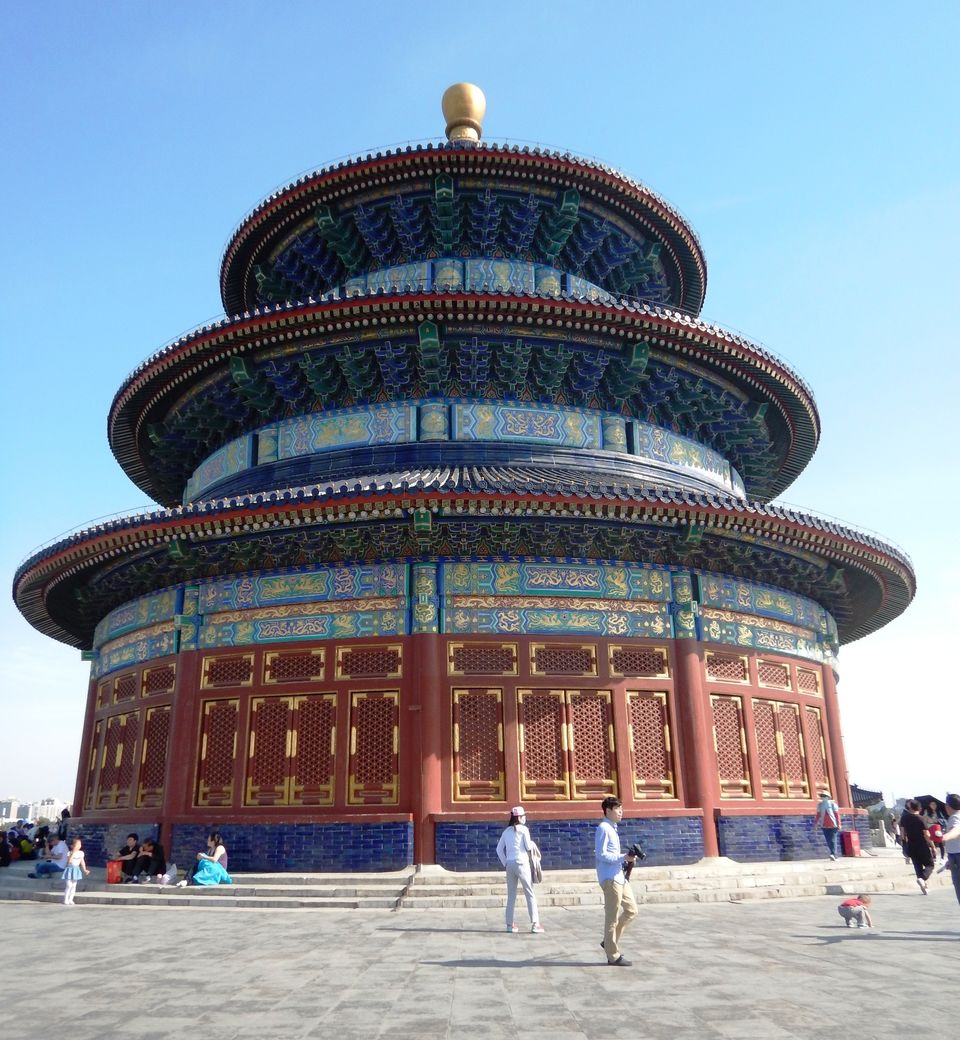
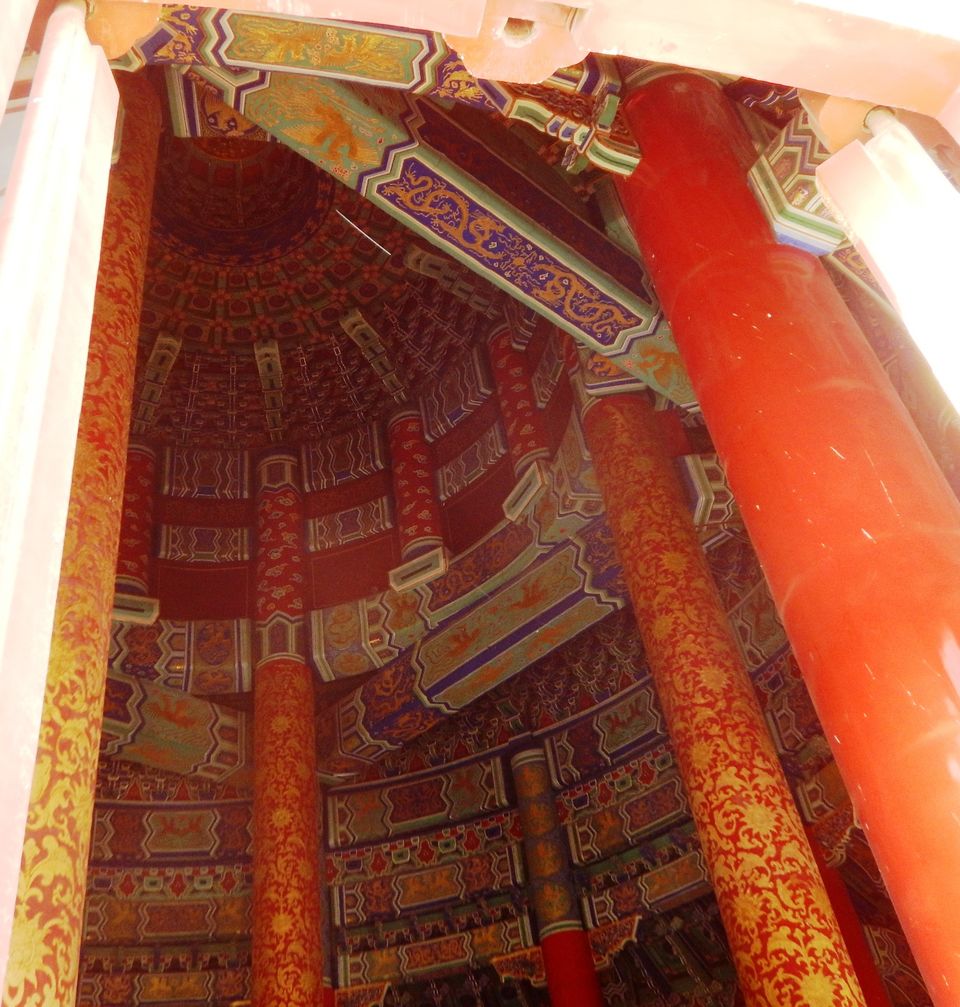
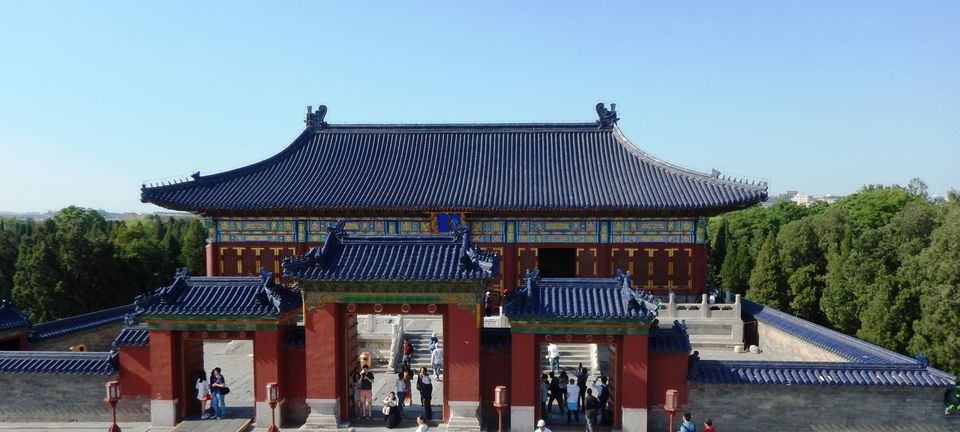
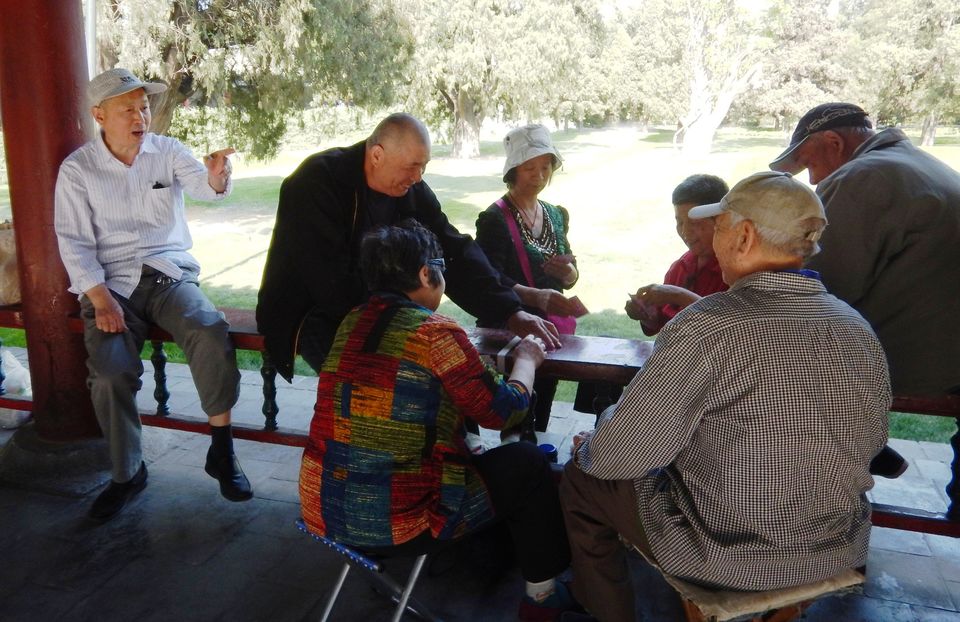
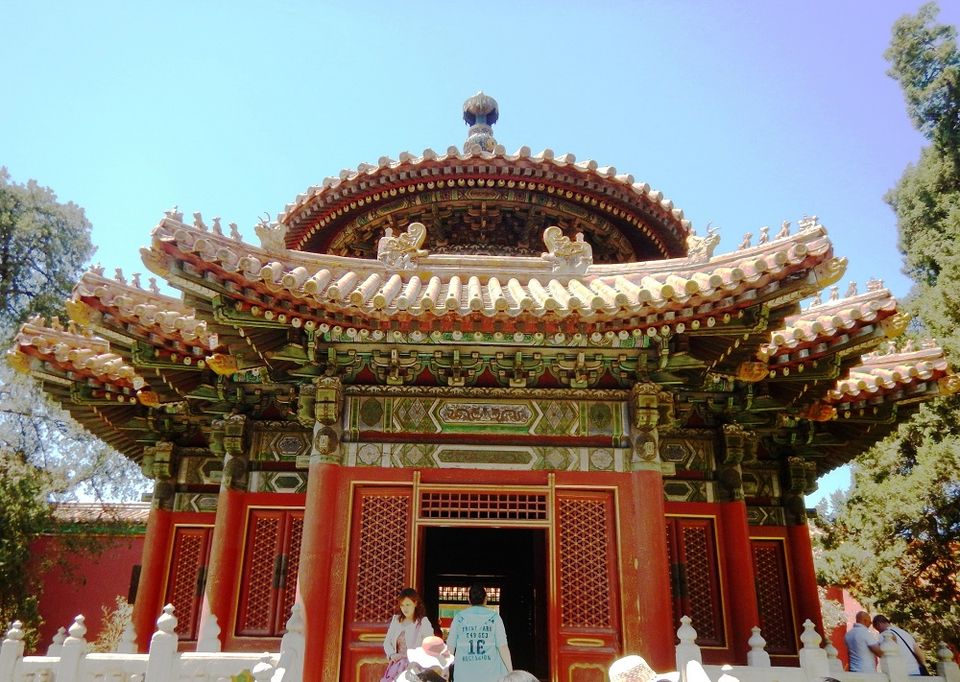
The Temple of Heaven Worship is where successive emperors performed solemn rituals for bountiful harvests. Starting from the Ming Emperor Yongle every emperor would come to the Temple of Heaven to hold annual ceremonies to worship Heaven (Ji Tian in Chinese). He would kneel at the Circular Mound Altar and pray for rain. This would be preceded by three days of fasting. Livestock would be sacrificed, incense burnt, special prayers scripted and read ceremonially by the emperor. Jade and silk would be offered besides cows, sheep, fruits and wine. Music and dance added to the grandeur of the event.
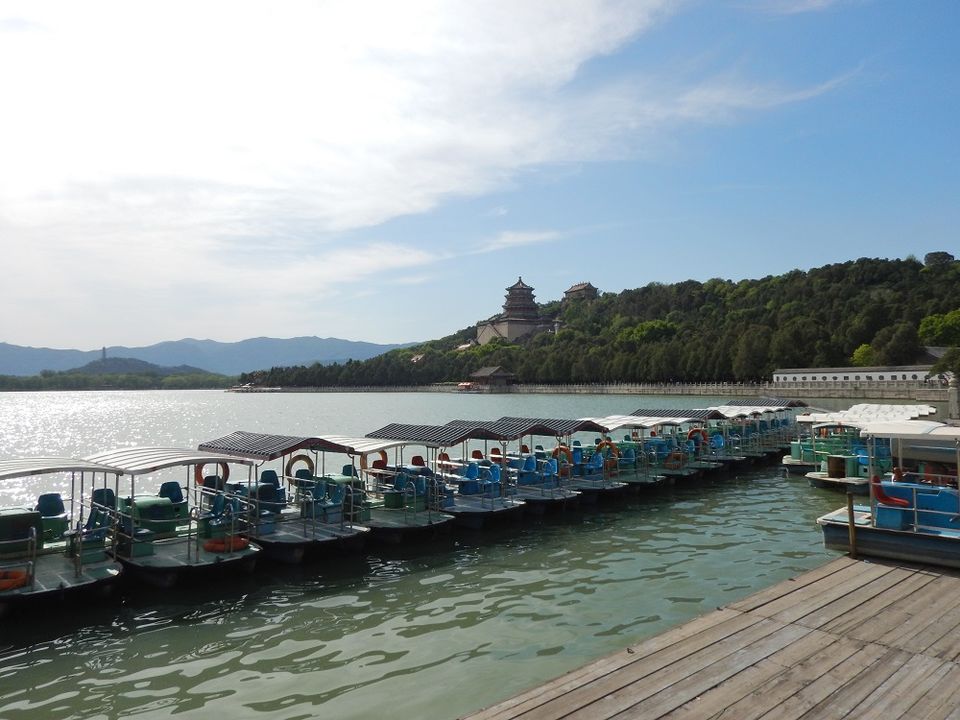
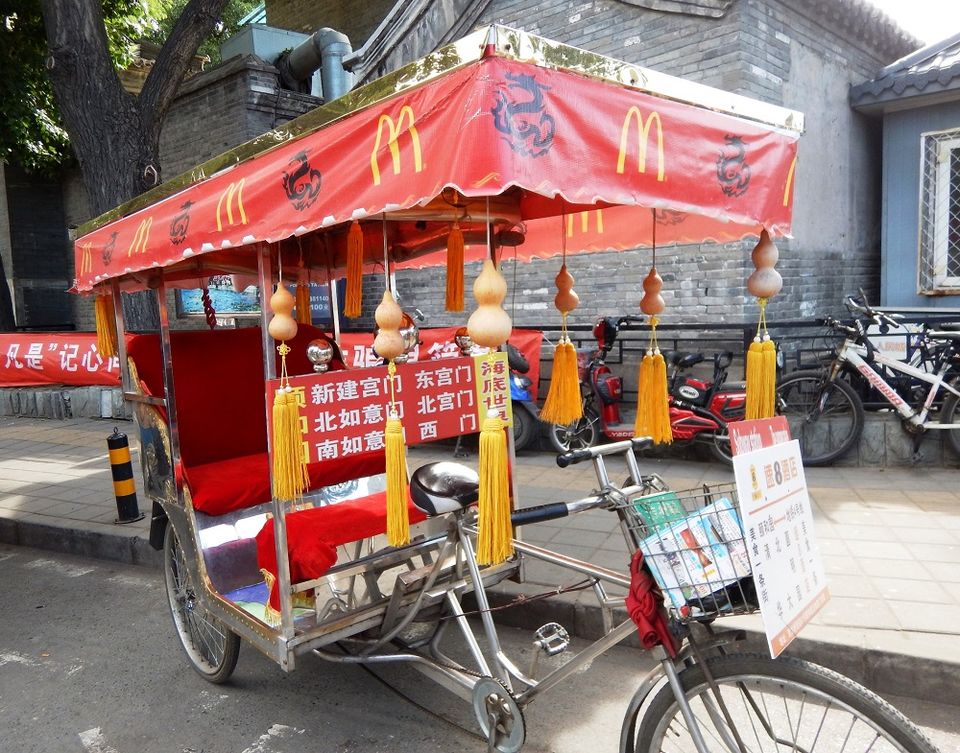

The Summer Palace, a magnificent garden retreat of the royals is dominated by the Longevity Hill and Kunming Lake and covers 2.9 square kilometres. The lake, covering 2.2 square kilometres, is man-made reservoir. The earth excavated was piled on Jar Hill, which was then renamed ‘Longevity Hill’. The artificial lake, pavilions, halls, palaces, temples and bridges form a harmonious complex of great aesthetic value. A 17-Arch Bridge leads to Nanhu Island, one of the three islands in the lake. The bridge consists of 17 different types of arches. The origin of the Summer Palace dates back to the Jin dynasty in 1153, when Wanyan Liang moved the capital to present-day Beijing.
In 2008 Beijing hosted the Olympics. A visit to the Olympic village gave us a view of the massive Bird's Nest Stadium and Water Cube.
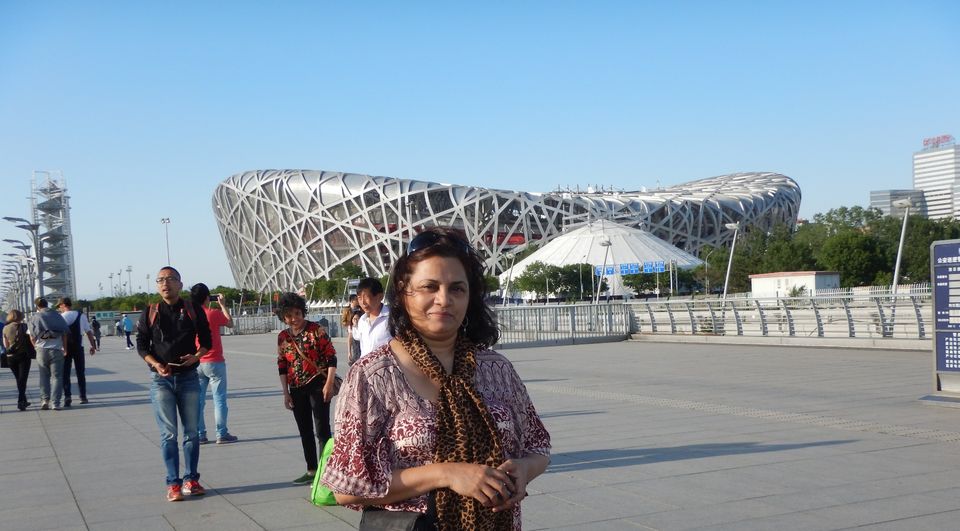
Our tour guide was young girl who wanted us to call her Candy. Her own name was too tough for us she said. I asked her if she believed in God. She said 'no'. Her husband and her parents were non-believers too. Only her grandmother had some unknown gods, among them Chairman Mao. 'Sometimes I see her whispering prayers in front of Mao's picture, ' Candy told me.
We missed the Ming tombs that house the mortal remains of 13 emperors. But we got to see a spectacular acrobatic show. After a long flight from Kochi to Singapore to Beijing, most of our group members were reluctant to go to the theatre, but our tour leader was persuasive. I'm glad he made the stupendous effort to convince everyone. I've no words to describe the show. I hope the pictures will give a glimpse.



Beijing is among the world’s most polluted cities. And summer is the worst time to visit if you are sensitive to pollutants and pollen. Beijing's air quality is also adversely affected by occasional dust storms and humidity - and the summer haze can be deadly. I wore a protective mask at Tiananmen Square and the Great Wall, but I returned to India will a wracking cough that took over a month and two rounds of antibiotics to go away.


